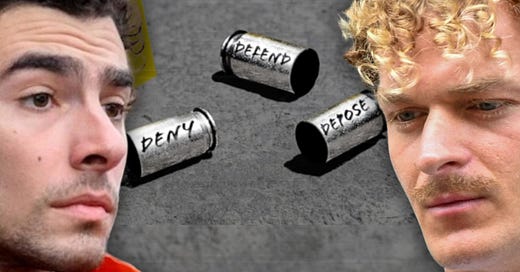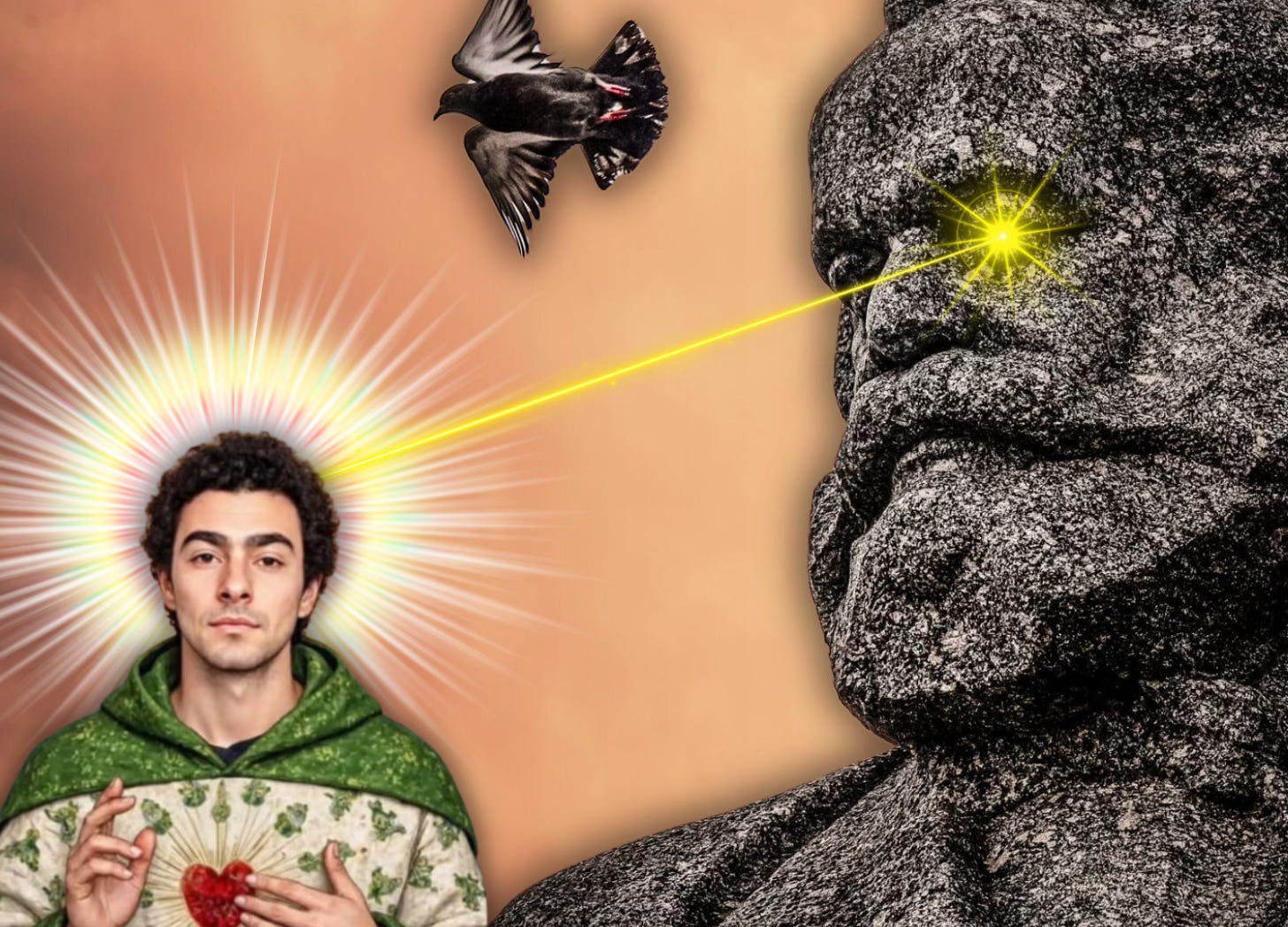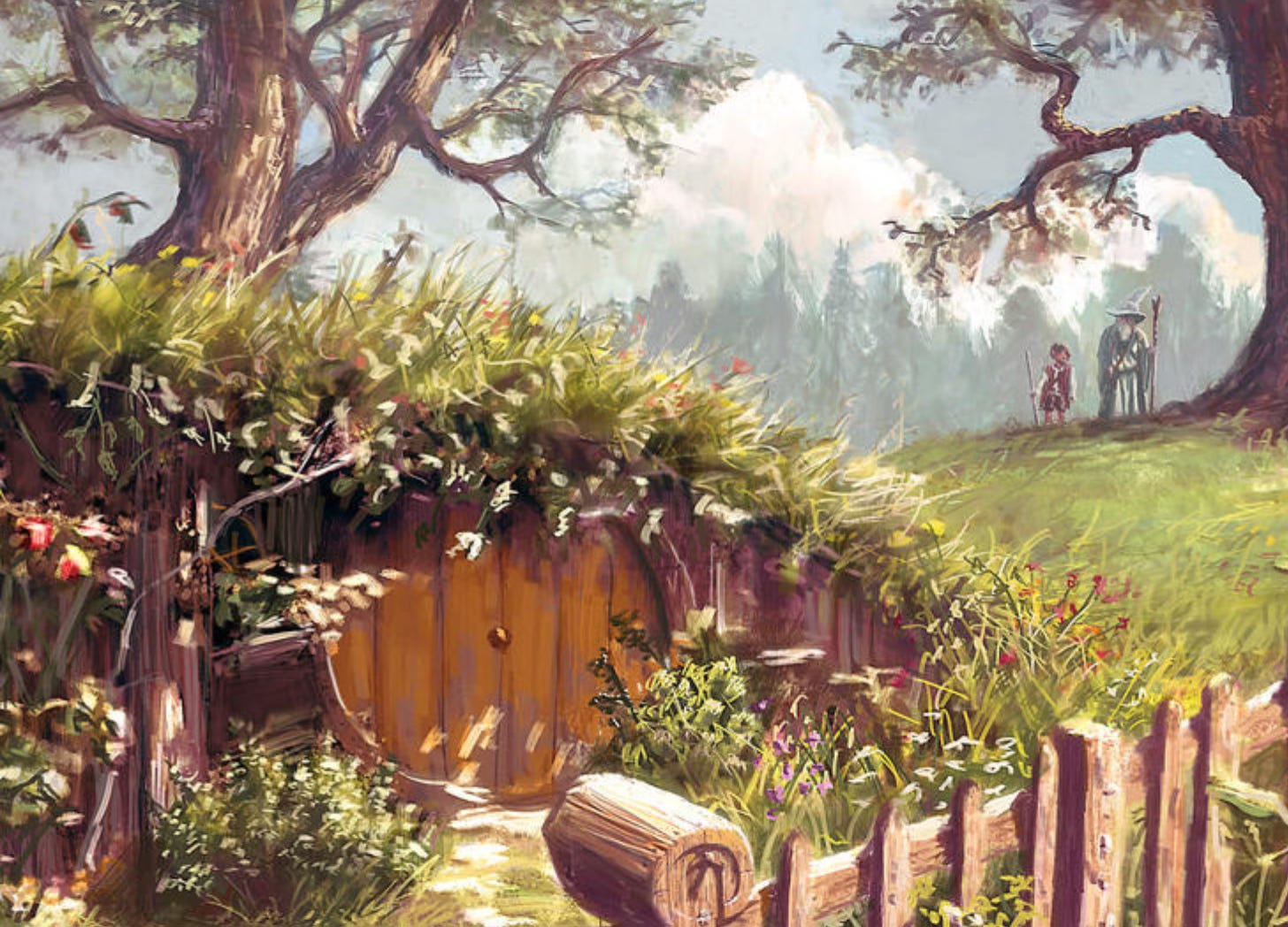I NEED A HERO:
Everyone loves a hero. It’s the reason people will shell out twenty bucks to sit through a three-hour movie in sticky, vinyl-wrapped chairs that haven’t been properly cleaned in God knows how long. It’s one of the reasons that guys lose track of hours, or even days, after a new Fallout, Diablo, or some other video game drops. It’s why my sons harangue me to read just one more chapter—then another—of a good book, and it’s likely the reason I almost always say yes. If there’s a story that’s deeper than the Hero’s Journey, I haven’t found it yet.
Deep stories serve a purpose. They grip us. They reach down right into our nether regions and grab us by the archetypes. When they let go, we walk a little funny at first, but we emerge slightly changed as a result. That’s because the Hero’s Journey is more than just a story to enjoy—it’s an adventure by proxy. It allows us to travel alongside a fictional character in abstraction and, somehow, to return with gold/wisdom/talismans of our own without ever having to step physical foot onto a proper pathway.
Humans need heroes. They always have. The Sumerians and Babylonians had Gilgamesh. The Greeks had Odysseus. Tolkien brought the post-war world the small-but-mighty hobbits and—when I was a kid—Rowling penned a staircase-dwelling orphan that happened to take us all to wizarding school, and save the world in the process. These stories didn’t find success so much as they filled a need—they satisfied a cultural hunger. Without them, a culture becomes emaciated, thin, weak, and easily pushed over in the direction desired by whoever is doing the pushing.
Recently, that need has been filled by the thin gruel of stories that prioritize representation and right-think, taking politically correct cudgels to almost every archetypal story and therefore to the foundation of our very culture itself. If these stories were just stories with no impact on reality, this wouldn’t be much of an issue. They’re not, though. Otherwise, what value would there be in subverting them?
Instead, stories are seeds, and every archetype-bending rewrite that flops at the box office, but somehow doesn’t lead to market course correction, is a heavy-handed tilling of our cultural soil—which should come as no surprise. Stories are how we understand the world, how we teach morality, bravery, and the spectrum of human experience. If you change the stories, you change the culture. And when stories are used not to entertain or enlighten but to convert, they become tools of activism—not art.
BRING OUT YOUR GODS:
For the longest time, the first order of business when one culture conquered another was to force the statues, paintings, and books of icons, gods, and/or heroes to be dragged out into the open, where they would meet flame or hammer—sandal or jackboot—until there was nothing left to inspire anything except acquiescence. People are much easier to steer after you’ve unmoored them from their cultural underpinnings. Then you can replace those things with your own—plopping them atop stolen pedestals, succeeding in archetypal conversion, and foisting your worldview onto a newly absorbed population.
I used to think that, as a species, we had outgrown this process—that we had somehow left it in the evolutionary rearview as a crude tool used by barbarians that matched the sophistication of their time. I no longer think that. Instead, I believe we’ve just gotten better at it. We no longer seek to openly crush and convert our opposition.
Instead, we foster civil unrest and cultural subversion until enough of the inhabitants take up figurative pitchforks and ideological torches to push their own society to a tipping point that leads to a state of moral inversion. Whether it’s an emergent phenomenon or orchestrated by some shadow-hooded cabal doesn’t matter. The result is a culture in which the deepest foundational ideas, such as what’s considered a proper hero, become confused and twisted beyond recognition.
Consider the recent cultural push to race-swap main characters, replace statues of Founding Fathers, or the reimagining of classic literature to fit “modern sensibilities.” These actions aren't about correcting historical wrongs so much as they're about replacing one set of cultural beliefs with another.
When you change the heroes of a culture, you change what its people exalt. The statues fall, the books are rewritten, and suddenly, what was once revered is demonized, and what was once shunned is celebrated. This isn't evolution—it's revolution, a calculated dismantling of the cultural narrative to seed new ground for new stories, new heroes, and a death to the old ways.
A TALE OF TWO HEROES:
You can tell a lot about a person based on who they look up to. You can learn the qualities they find desirable and those that they find repugnant by studying the people they lionize or vilify. You can get a solid sense of their values without ever having to ask directly. The same is true of a collective.
A group’s heroes and villains serve as a sort of cultural Rorschach test, whereby deeply rooted beliefs—that even they may not be aware of—can be brought to the surface. So, what do we make of a culture in which Daniel Penny, even after being acquitted of all charges in the death of Jordan Neely, is painted as a villain by some while the alleged CEO Assassin, Luigi Mangione, is celebrated as some Ivy-League-Robin-Hood meets Tinder-thirst-trap?
Daniel Penny was riding the subway in New York when a homeless man boarded the train, threw his jacket on the ground, and began threatening passengers. In a thoroughly and morally confused society—where silence is violence, but violence is never the answer (unless, of course, it’s carried out against an oppressor)—it’s no wonder that the internet is filled with videos of people attacking and/or harassing others in public places while bystanders either walk past, hold fast, or (worse yet) hide behind their screens, hoping that someone else will come along and intervene. Daniel Penny intervened, and because Neely belonged to several categories considered to be “oppressed,” Penny was painted by many people in the media, justice department, and activist groups as a toxically masculine, racist murderer instead of the good samaritan he was.
Meanwhile, Luigi Mangione—who allegedly executed the CEO of United Healthcare by shooting him in the back on a public sidewalk with the words “Deny,” “Defend,” and “Depose” scrawled on bullet casings like a character out of a Chuck Palahniuk story—becomes a hero. Within hours, social media alit with speculation, condemnation, and—most unsettling of all—adulation. Then, a new and somewhat disconcerting narrative began to take shape.
Supposedly, even right-wingers are beginning to develop what Marx called class consciousness—awakening with rage at the economic disparity of the bourgeois healthcare system. Posts and comments and replies were filled with people self-identifying as conservative and calling Mangione a hero, as well as celebrating the notion that “we” are finally moving beyond left and right. This seems to me a lot like an army of paper soldiers set up by an enemy that no longer has the numbers on its side.
It seems all too convenient to me that this newfound solidarity would emerge just as the woke revolution and its intersectional army are losing the fight. It seems more likely, after looking through a great deal of the online interactions—which are as of yet the only real evidence for this narrative of conservatives supporting Mangione at scale—that the vast majority of these are something in the vein of bot accounts. It could be wishful thinking. I could be wrong, but for the time being—I call bullshit.
THE VOYAGE HOME:
If the supposed merging of right and left into class solidarity is largely fabricated—like I think it is—then what does it tell us about the state of our culture in that there are genuinely some people who exalt Luigi Mangione as a hero while painting Daniel Penny as a villain? It tells us several things at once.
Firstly, it tells us—just in case we need a reminder—that there are still legitimately crazy people among us. Secondly, it tells us that there is a distinction to be made between the real world and the digital world. We know this, but it can be easy to forget. More importantly, it tells us that the would-be revolutionaries who have been tearing at our culture for years now are at least temporarily back on their heels.
Woke isn’t dead, but it is bleeding. There will be residual troublemakers—like rats just beginning to flee from the flooding hull of a ship they’ve stowed away upon, only to see that it’s sinking fast. They’ll try to infest other things. To some degree, they’ll succeed. For now, let them busy themselves clinging to driftwood. I’m not saying we should ignore them—on the contrary, we should likely double whatever the cultural equivalent to ship’s cats is on our way back across the Sea of Sensibility—but we have much work to do.
We have the faculties of education to reclaim, the scientific endeavor to again make sane, and both medicine and the arts to flea bomb in order to get rid of those parasites that have taken up long-term residence. We have many nautical miles yet ahead of us before we can finally return home with the hard-won wisdom necessary to rescue our culture by replacing our archetypes atop their commandeered plinths.
What does it tell us that Luigi Mangione is facing charges for murder as an act of terror while even publications like the Guardian condemn his actions? It tells us the same thing that Daniel Penny celebrating his not guilty verdict in a box suite as a guest to the incoming President and Vice President of the United States does. It tells us that this is more than just a vibe shift.
The archetype of the hero has been distorted into the inversions of Upside-Down World, but our culture is slowly making it out of the Woke Woods. Perhaps it tells us we are Frodo, having finally delivered the Ring of Power Imbalance to Mount Diversity. That we are Harry, having defeated He Who Must Not Be Shamed/Convicted. We are Odysseus, freed from the spell of Circe the Certified DEI Consultant on the Island of Inclusion—and we are ready to go home.
I believe, despite what the internet fist-shaking may have us believe, the culture’s heart still beats for the classic tales of good versus evil where the good are good not because they fit an ideological mold but because they act with courage and integrity. The challenge now is not just to celebrate these moments of cultural pushback but to ensure that our narrative, our very cultural DNA, doesn't get hijacked again.
We need heroes and artists, and, most importantly, we need to reconstruct a coherent narrative that can help us to make sense of the world while bringing us together as a nation. We need a return to proper hero stories. To that end, in a New York City subway where people are openly threatening commuters, if one Penny is good, two is even better—but that’s just my two cents.








